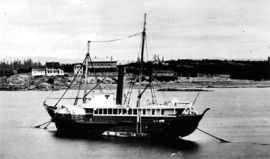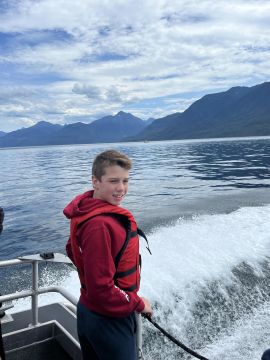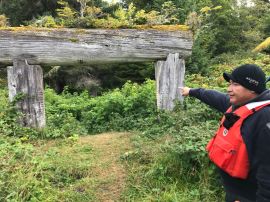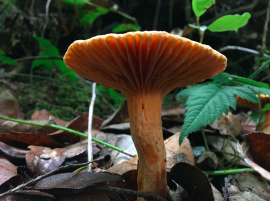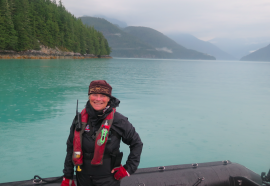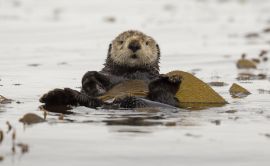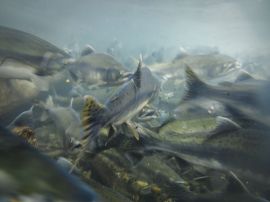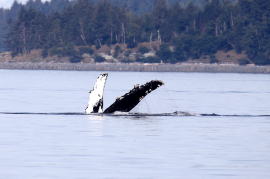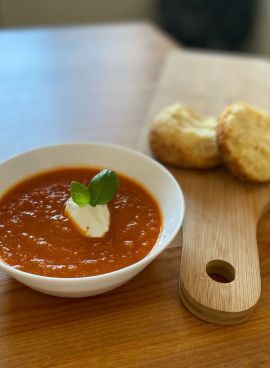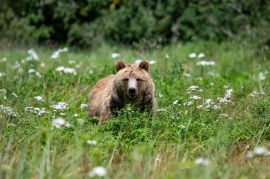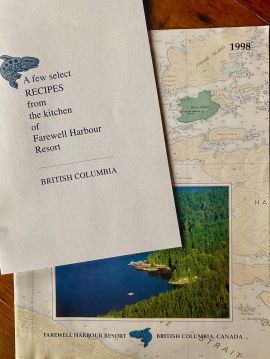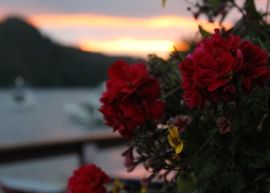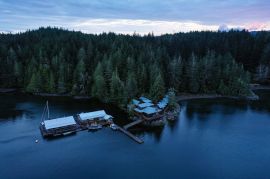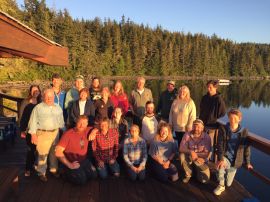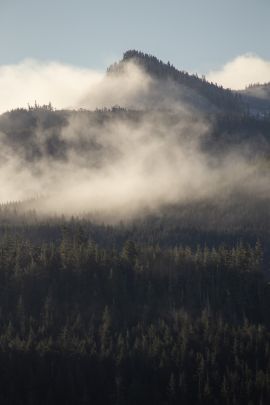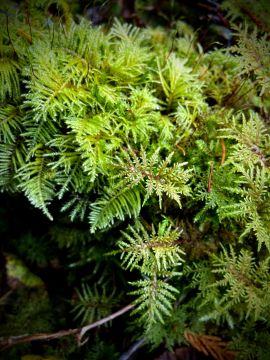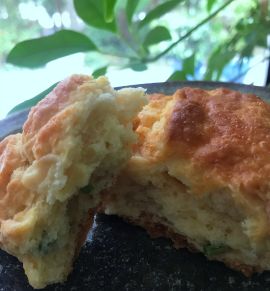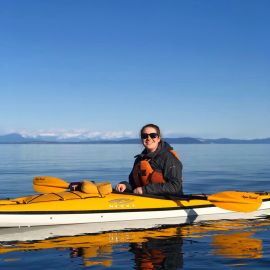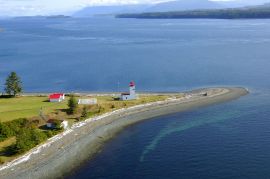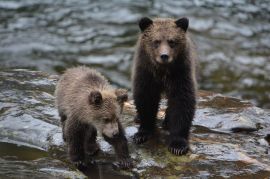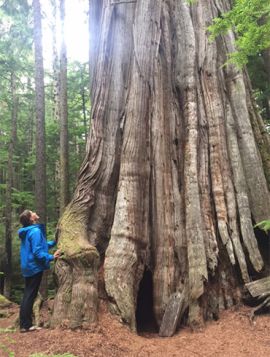Wildlife Guide - Whales
There are many places in the world you can enjoy viewing whales in their natural habitat. These majestic creatures are found in many different oceans and travel huge distances throughout the year. If you have ever patiently scanned the horizon waiting for the surface to break you will know how exciting it can be. We thought it would be a good idea to put together a guide on whale watching in the Broughton Archipelago, North Vancouver Island with Farewell Harbour so you know a little bit more of what to expect when you visit!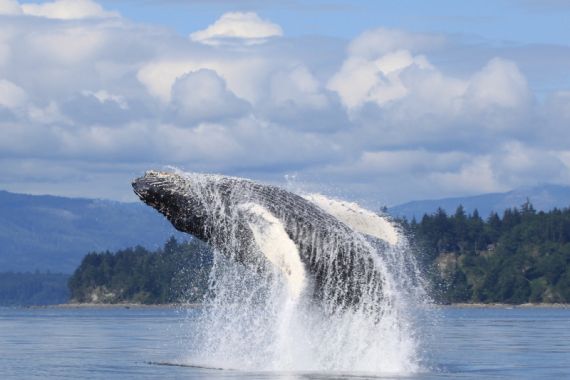
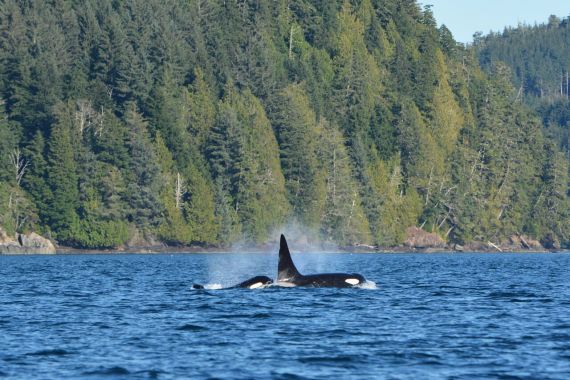
Who?
| The Broughton Archipelago is home to many marine mammals but the two that attract people from all over the world are Humpback whales (Megaptera novaeangliae) and Killer whales (Orcinus Orca). We see them traveling through our waters during most of the summer months to feed and although Humpback whales were almost wiped out back in the 1960's, before whaling ceased, their numbers are bouncing back exponentially. Almost 2,000 individual Humpbacks have now been identified in by The Marine Education and Research Society (MERS) with 81 returning year on year to Northern Vancouver Island! With so many of the same whales returning year on year we are able to learn a lot more about their behaviour and patterns. Most have even been named to make it easier to identify them. The image to the right is of "Guardian" (BCZuk2011) a female Humpback who is one of the first to arrive and the last to leave each year. |
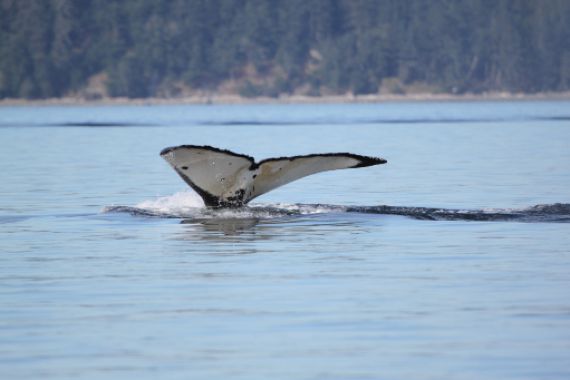 |
Orca Lab, a research centre on Hanson Island, is a stones throw from our lodge and has been collecting fascinating research on the acoustic behaviours of Orca in the area for over 50 years now. They have seen a rise in the number of whales returning year on year, especially with the reduction of cruise ships in the area over the last two years. There are numerous family pods in the area and with the help of our friends at Orca Lab we are able to drop the hydrophone and know who we are listening to by the specific calls they are making!
Where?
 |
There are a few reasons this particular part of the world is so popular with these whales and why they keep coming back. It is all to do with the topography of the ocean floor from the mouth of the Queen Charlotte Strait to the very top of the nearby inlets and fjords. The red arrow on the map to the left shows one of the largest underwater shelves in the area. Cold, nutrient rich waters are forced upwards bringing with it the many small creatures such as plankton that the Humpback whales feed on all summer. It is also a main route from the deep oceans back to the spawning rivers for many different types of salmon. The Chinook attract the Orca as they make their way back to the fast moving rivers to end their days. |
When?
Things change here month by month as the whales move through Johnstone Strait and the Broughton Archipelago, outlined below are the typical sightings we have in our area:
JuneBiggs Orca are possible and occasionally sighted at this time, Humpbacks start returning throughout the Spring and are a common sighting by June. JulyOrca begin to move back into Johnstone Strait from offshore waters, sightings are common. Humpbacks are commonly sighted feeding.AugustOrca are now commonly sighted as are Humpbacks, this is when you may see feeding patterns such as lunge feeding and trap feeding! |
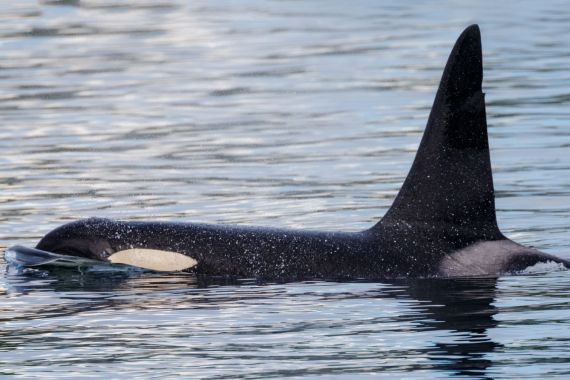 |
September
Orca are still commonly sighted but by the end of the month begin to move back out into offshore waters. Humpbacks are incredibly common and fill the waters near the lodge.
October
Large groups of Orca are now very rarely sighted although the smaller groups known as Transient Orca are still in the area late into the Fall. Humpbacks are still common and during this time are preparing for the journey to Hawaii for the winter where they will mate. At night Blackfish Sound is filled with the sounds of Humpback song as they practice before heading to the warmer waters.
Please note that wildlife cannot be predicted and so these patterns can also change year on year.
What?
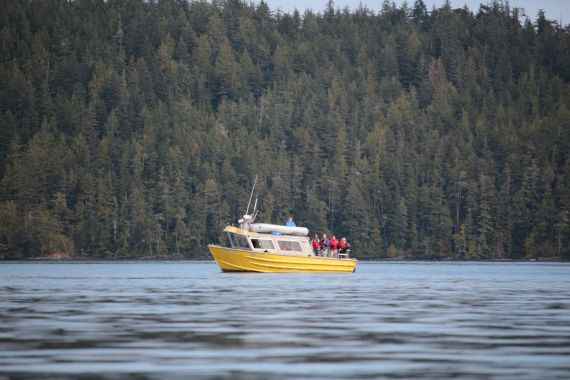 |
If you haven't been whale watching before it can be quite difficult to know what to bring with you to ensure the most enjoyable experience. We put together the list below to give you a bit of an idea of the essentials. - Layers (it is ALWAYS colder on the water) - Waterproof coat - Sunglasses - Sunscreen - Camera with a good zoom - Binoculars (it's always great when you beat the guides to spot something) |

